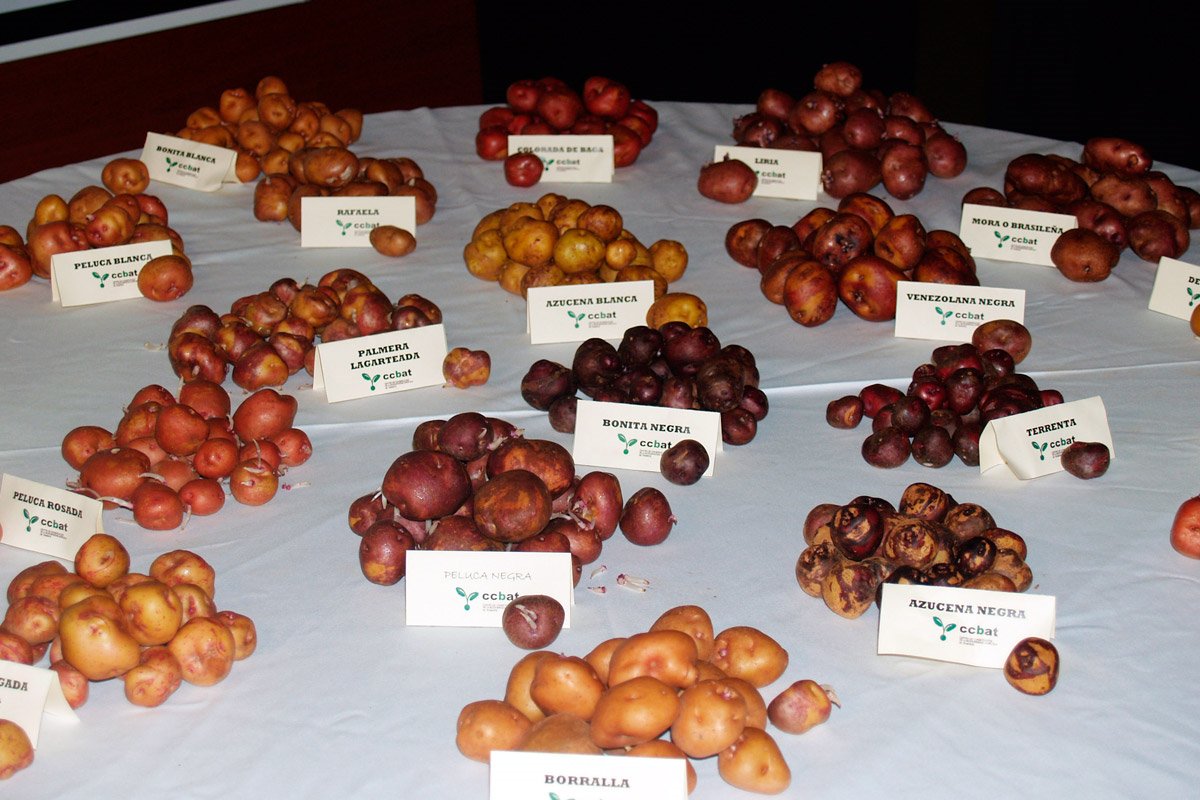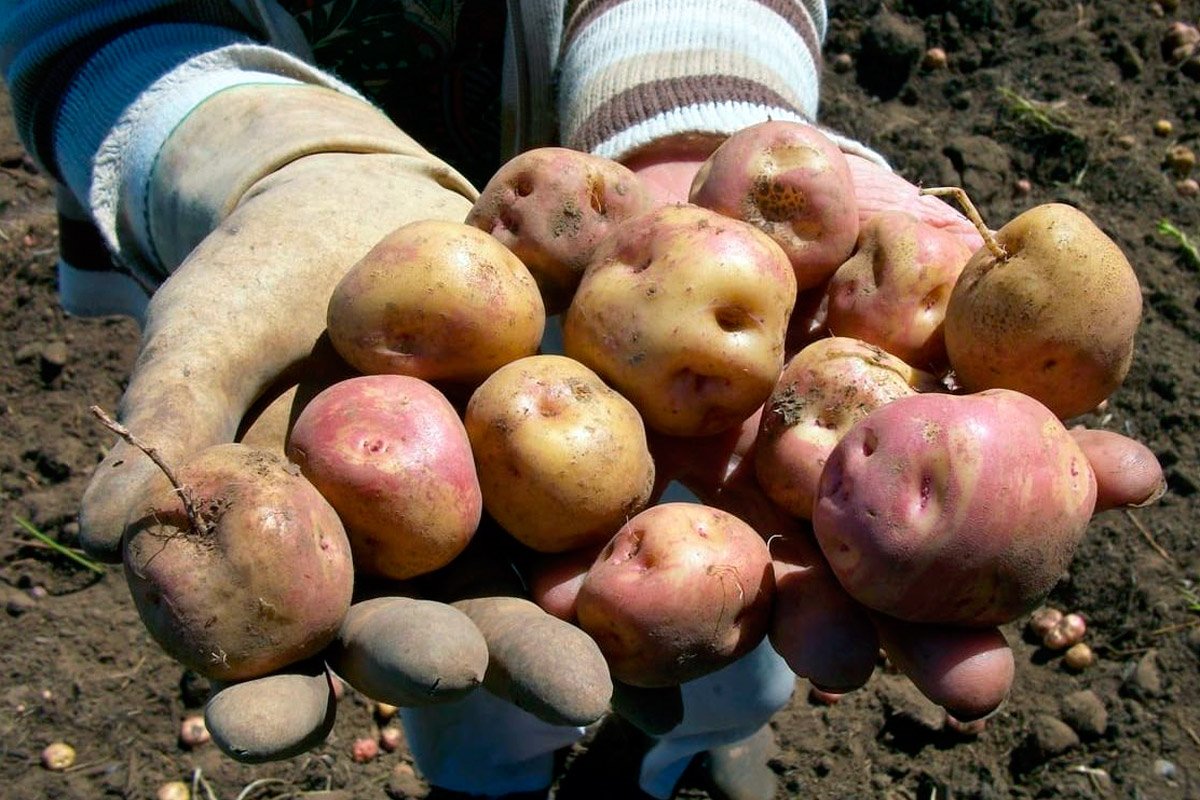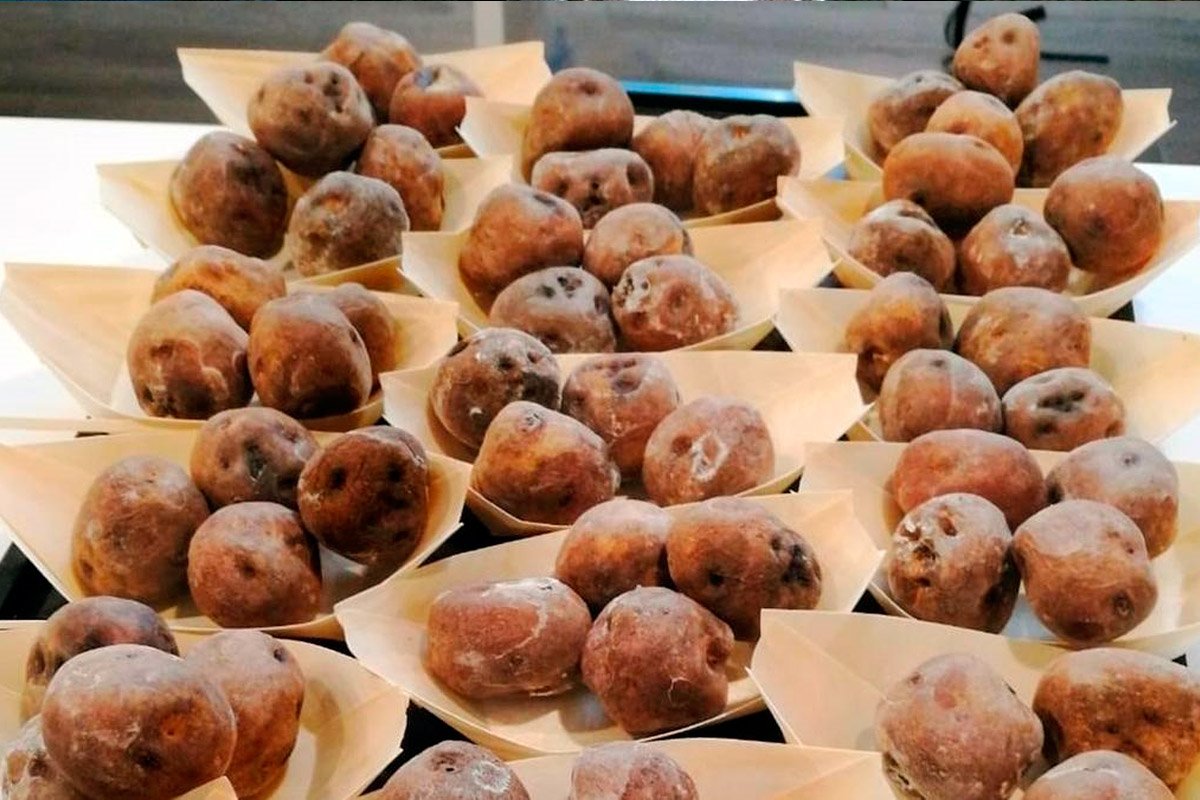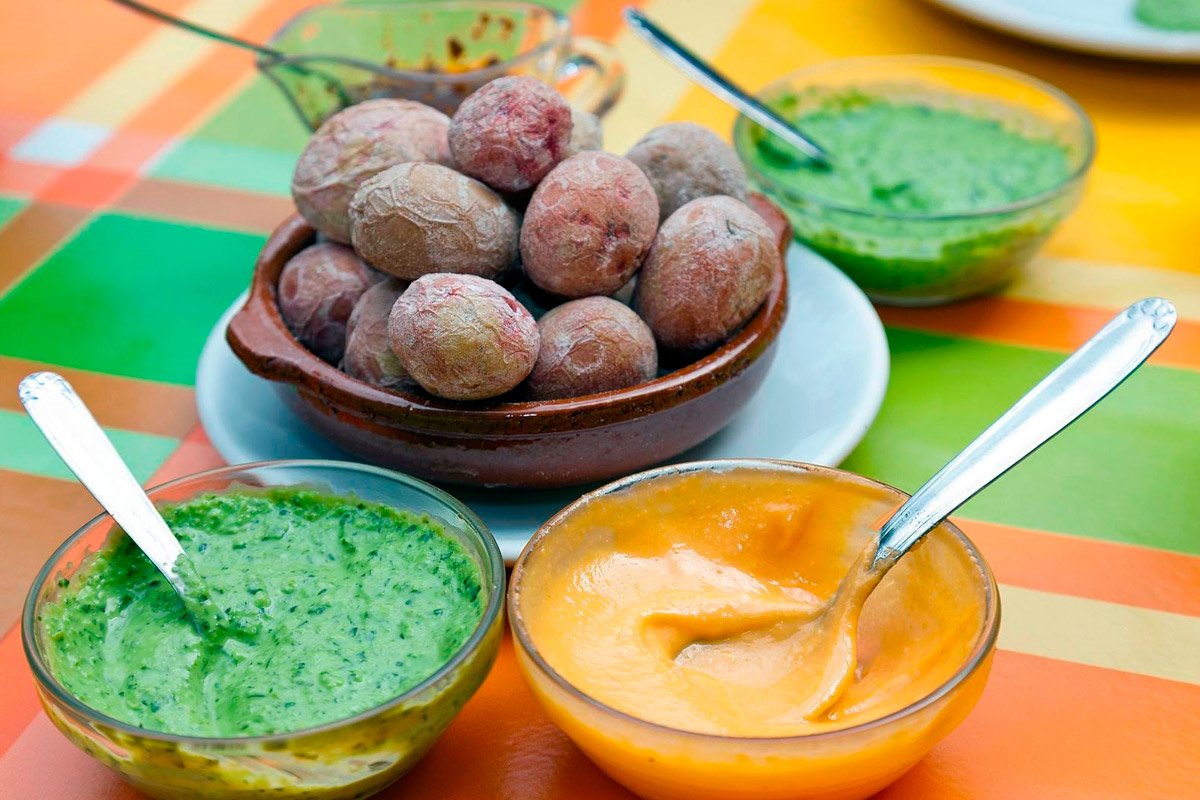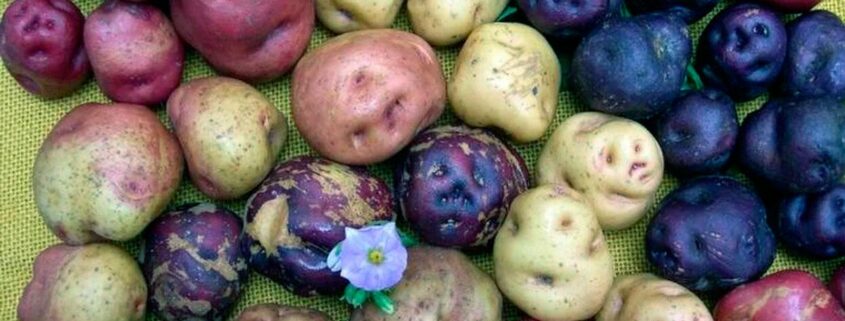
Potatoes are an essential product in the gastronomy of both Tenerife and the Canary Islands in general.
It is one of the most cultivated and consumed products on the islands , to such an extent that it is necessary to import large quantities of potatoes each year since demand far exceeds local production.
Origin and arrival in the Canary Islands
Potatoes arrived in the Canary Islands in the 16th century from America, where they were an essential crop for Andean civilizations.
In Tenerife, the introduction and first harvest of potatoes dates back to 1622 in the town of Icod el Alto, thanks to an islander from America who brought with him seeds from the Peruvian Andes.
In the European continent, the introduction of the potato occurred almost a century later.
Thanks to the strategic location of the archipelago, the islands became a point of cultural and agricultural exchange between Europe, Africa and America. In the Canary Islands, potatoes found an ideal environment for their development due to the mild climate and volcanic soils.
Varieties of Canary Potatoes
Of those initial potato crops, some derived into varieties unique to the islands.
Nowadays, both ancient or century-old potatoes are cultivated, together with varieties introduced in the 20th century and other more recent ones from recent decades.
In total, there are 46 varieties of potatoes in the Canary Islands , of which 29 are genetically unique.
Some of these varieties are:
- La Negrita de El Hierro.
- Buena Moza o Palmera.
- Blanca.
- Colorada.
- Azucena Negra y Blanca.
- Bonita Negra, Blanca y Colorada.
- Bonita Ojo de Perdiz.
- Peluca roja, negra y blanca.
- Papa dulce en Gran Canaria.
- Corraleda Colorada.
- Negra de La Palma.
- Rayada.
- Moñigo de Camello.
- Negra Yema de Huevo.
- Terrenta.
PDO «Papas Antiguas de Canarias»
Since 2013, the Protected Designation of Origin “Papas Antiguas de Canarias” (Old Potatoes from the Canary Islands) has been recognized. Its quality, flavor and unique qualities have been the main drivers of this special protection, the first one obtained in Spain for this tuber.
Old potatoes from the Canary Islands have skin colours ranging from blackish purple to brown, passing through pink and orange. They are rounded and have an irregular surface , have umbilicated eyes and are characterised by being small , with calibres of 1 to 8 centimetres.
When cooked, they have fresh, soft and light aromas of toasted cereals and autumn nuts. They have a grain-free texture that can be floury, creamy and buttery, or firm and slightly floury creamy.
Potatoes in Canarian gastronomy
Potatoes are a basic accompaniment to both meat and fish, whether stewed or fried.
There are also various dishes and recipes in which the potato is the main ingredient , such as wrinkled potatoes or stuffed potatoes .
Many dishes of Canarian cuisine cannot be conceived without potatoes , such as Canarian sancocho, ribs with potatoes and mojo, Canarian ranch, meat with potatoes, fiesta meat, etc.
Where to buy Canarian potatoes?
You will find a greater variety in markets and farmers’ markets in the different towns on the island. Also in local fruit shops .
Most supermarket chains usually offer imported potatoes or recent local varieties, although you may occasionally find an older local variety in some of them.
If you want to try dishes made with local potatoes, many guachinches and Canarian food restaurants buy their potatoes from local farmers, and some of them may offer old potato varieties.
More images
